How do I dry brush black hutch

Related Discussions
Should I paint or stain my oak kitchen cabinets?
I was wondering if you could help me with something -- I have an entirely oak kitchen. I know it's the rage now to paint or gel stain cabinets. I've been considering ... See more
How to paint a metal front door?
How do I paint my front door? It's metal.
How to paint grout?
How do I paint grout to change the color? The grout is in great shape, but the color - meh.
How to whitewash a brick fireplace?
What is the best method to whitewash bricks surrounding a fireplace?
Am I the only one?
I don't want to sound like a total "hater", but am I the only one who doesn't like distressed furniture? I see so many beautiful pieces of furniture that would look o... See more
Can I paint my popcorn ceiling?
I have been painting my walls and notice that my ceiling looks yellowish. Can I paint this ceiling as well? I'm up for any ideas
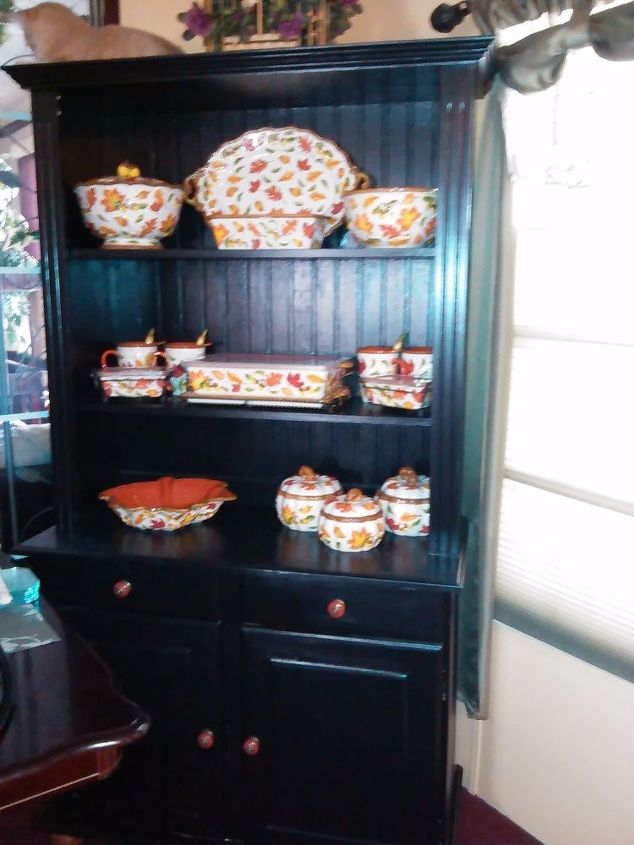

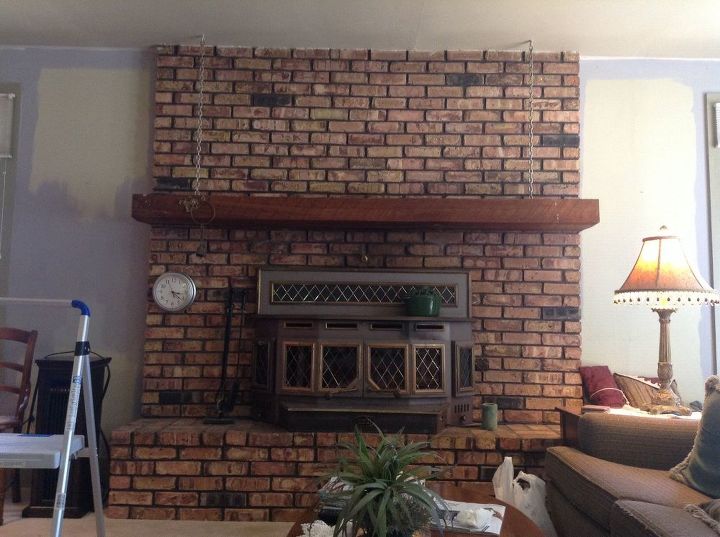
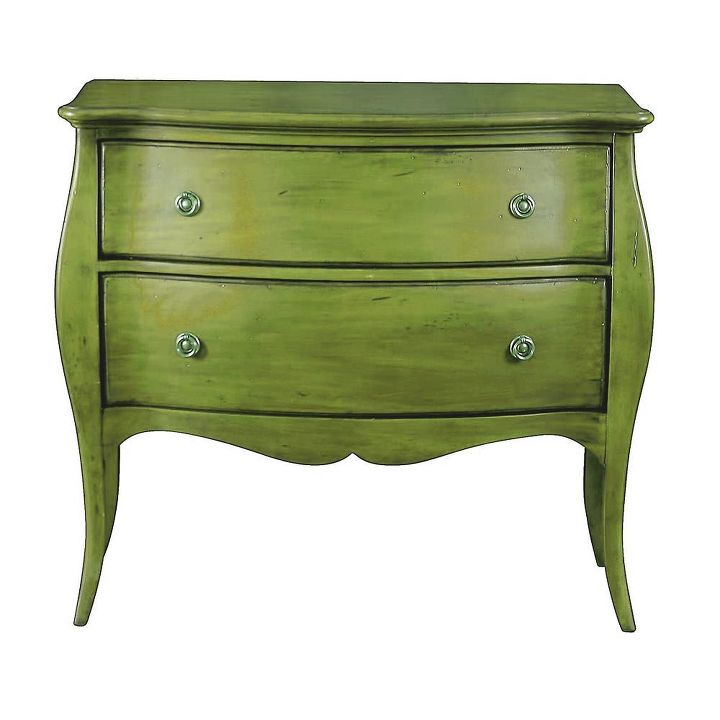
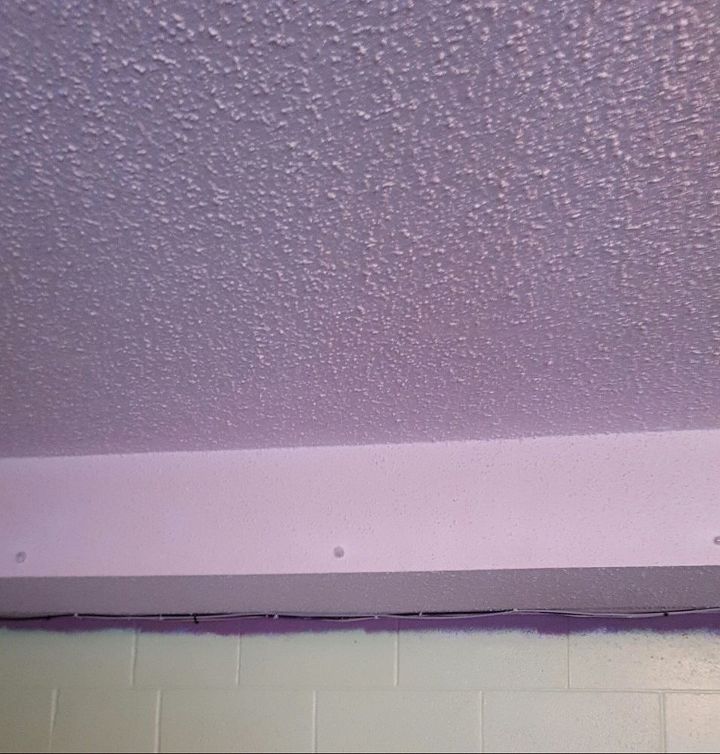
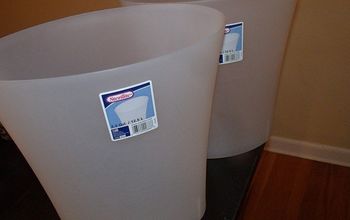
Love the look. Practice on some scrap wood or spend a buck at the dollar store for a foam core board to practice. Here are some links!
https://www.countrychicpaint.com/pages/drybrushing
https://www.bobvila.com/articles/dry-brush-technique/
https://www.pinterest.com/pin/96405248249712030/
Use a light gray, with a pale yellow on the back beadboard. Then you could use the existing knobs, which would make that ceramic ware pop! Beautiful set! And the cat matches as well!
Also, consider the type of brush you use. A chip brush, or used brush in good condition is better for this process than a new brush. Tip your brush in the paint about 1/3 up the bristles (never get near the metal part that holds the bristles together, it'll ruin your brush). Wipe the excess paint of on the side of can, then wipe more excess off on old rag so when you got to your cabinet you truly have a dry brush. Use a light touch. Whatever color you use, this is a cool cabinet and will look great when don! Good luck
Dry brushing is accomplished by loading small amounts of paint on whatever brush you use. (A brush with firm or stiff bristles makes life easier; fyi, chip brush bristles tend to fall out easily so can be a pain.) I like to make a pallet out of a large piece of cardboard, put a small amount of my paint on the pallet instead of dipping into paint can. Next, touch brush lightly in paint, rub loaded brush onto another piece of cardboard or old rag until you have a mere shadow of paint left, then apply to your piece in vertical up-and-down strokes until you get the coverage you are seeking. Working on cardboard enables you to control paint easily. It's ok if some areas on your piece get more paint than others, as this adds a nice effect. The trick is to limit the amount of paint you initially load onto the brush. Start in an area that is not as visible (like a lower side) as a means to work on the piece while honing the skill to this process.
If your piece has a glossy finish, sand lightly with sandpaper (100-120 grit) for better results.
Looks like somebody collects Temptations from QVC.